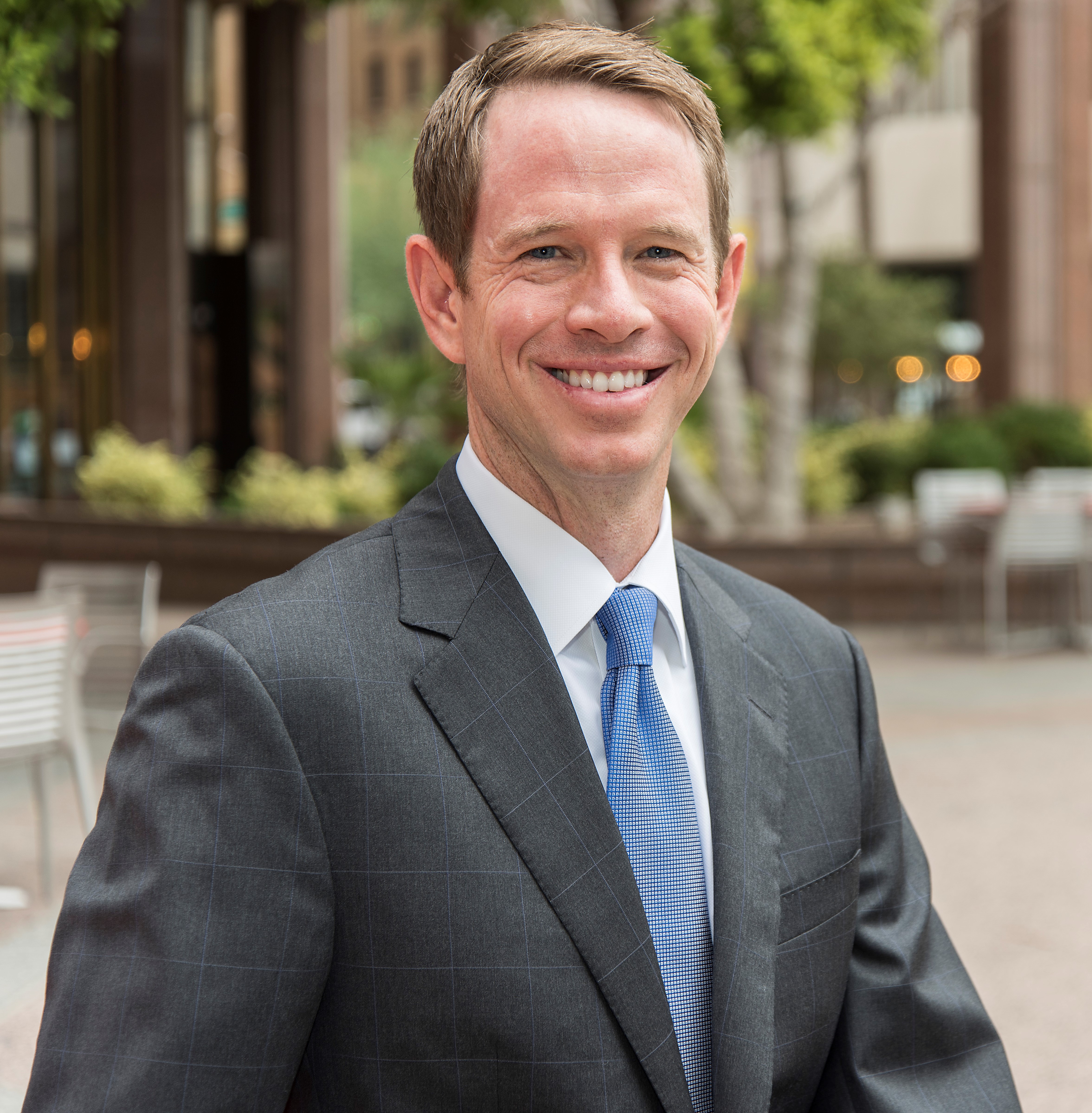Written by Andrew Cheney, SIOR, and Reprinted with Permission From Phoenix Business Journal.
Office sublease space is the current hot topic. As is the concept of simply working in an office. We are all getting mixed messages on office space use from the media and our own colleagues. “The office market is dead.” “It’s coming back with a vengeance.” “It will never be the same.” “Work from home doesn’t work.” “The market will crash.” “We’ve already hit bottom.”
People hate eating their same homemade sandwich all the time. We hear all this and more every day. We call it “the sandstorm.” The sandstorm of sublease space will continue, and no one knows what’s going to happen next.
In the meantime, commercial real estate pros can continue to analyze and report statistics since the pandemic began and help clients interpret what it all means for their specific business.
It’s important to remember Metro Phoenix is a 106 million-square-foot market. Sublease space did double in 2020, but that only resulted in an additional 1.2% of vacancy for the year according to Lee & Associates Research. One would have thought that for a year plagued by nine months of a pandemic, more than just 1.2% of inventory would have been put on the market for sublease. Furthermore, in Q4 2020, the rate of sublease space added was much smaller (87,000 square feet added) than in Q2 (646,000 square feet) and Q3 (438,000 square feet). Headed into the new year, this downward pace of additional sublease inventory added, coupled with the vaccine, suggested vacancy and supply would not spike up in 2021.
Then Q1 2021 hit, and 1.03 million square feet of sublease space hit the market in just 90 days. In addition, 550,000 square feet of office space was dumped onto the market with companies downsizing or simply giving up all of their space. Currently in Q2, the sublease volatility continues. Recently, one major service business has quietly begun marketing over 200,000 square feet, while another prominent tech company has announced it’s withdrawing its space from the sublease market. Human resources departments found employees coming back sooner than expected and needed space back.
Here in Greater Phoenix, the numbers also tell us that tech and back-office users feel they can be just as productive from home. Tempe, where abundant tech growth has driven up rates, holds the highest sublease inventory at 531,000 square feet. Sky Harbor Tempe, heavy in back-office users, is close behind at 500,000 square feet. These two markets, along with the Scottsdale submarkets, account for 52% of the sublease inventory in Greater Phoenix.
What does all of this mean? Corporate America’s office space demand is changing and still trying to figure itself out. The hybrid work model is being implemented, and time will tell how effective it is, as compared to working from home. But the key here is that office has not gone away. While the market has softened for now, it still has not suffered a major correction. Depending on when the vaccines suppress Covid-19 to an acceptable level, companies will come back to the office — we just don’t know when exactly that will happen. So far, businesses going completely remote are in the minority.
Like anything, subleases can be a blessing or a curse, depending on the user. Pros of a sublease usually include a discounted lease rate, free use of furniture and a shorter-term obligation than direct leases. Cons can result in reduced rights with the landlord, no tenant improvement allowances to customize your space and exposure to a sub-landlord defaulting on the lease. With subleases, always proceed with caution.
Commercial real estate pros are typically experts in their specific regional markets where they are based; however, many SIORs have expanded their reach nationally and globally. One trend to note is that gateway cities are noticing a much larger increase in sublease space inventory. This is having a dramatic effect on the direct office market, and the stress landlords feel. We will continue analyzing the numbers, but we won’t have a full picture until year-end.
This article originally appeared in the Phoenix Business Journal.






